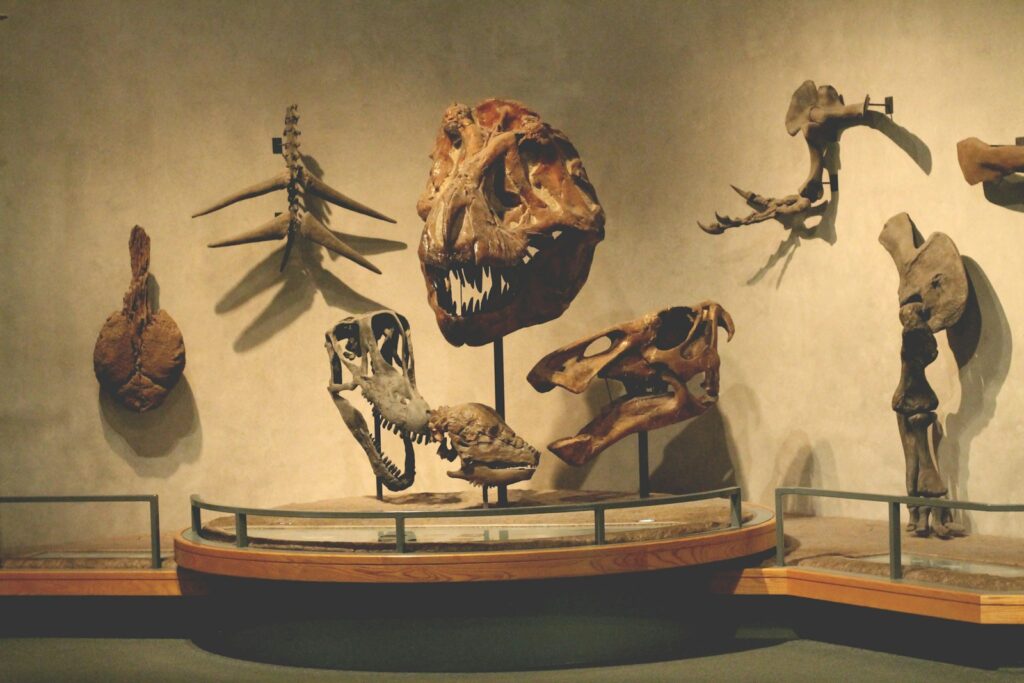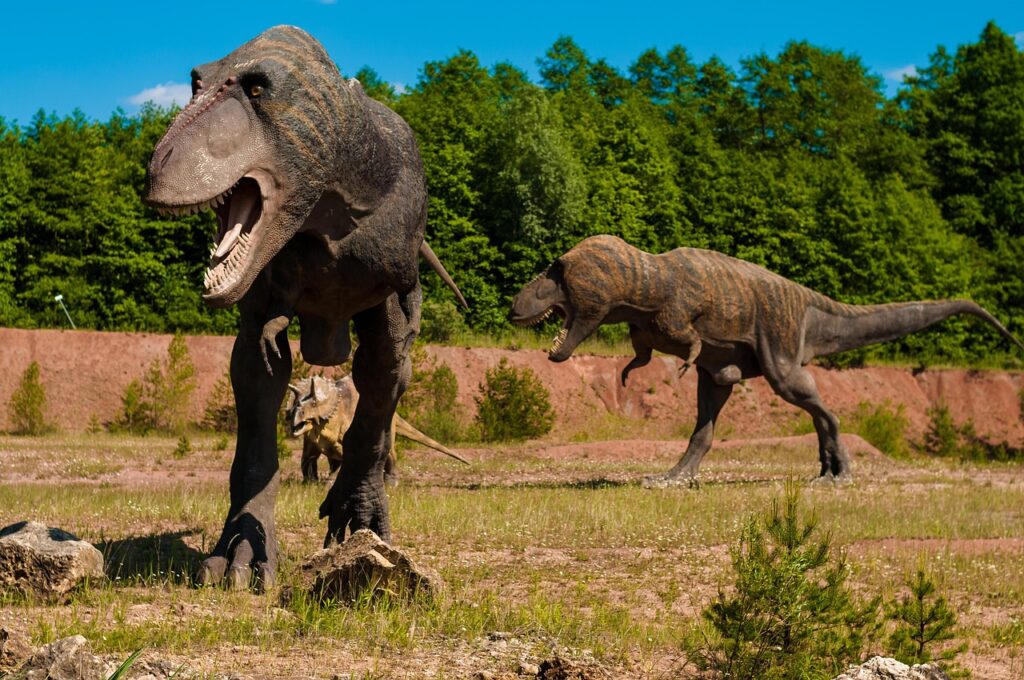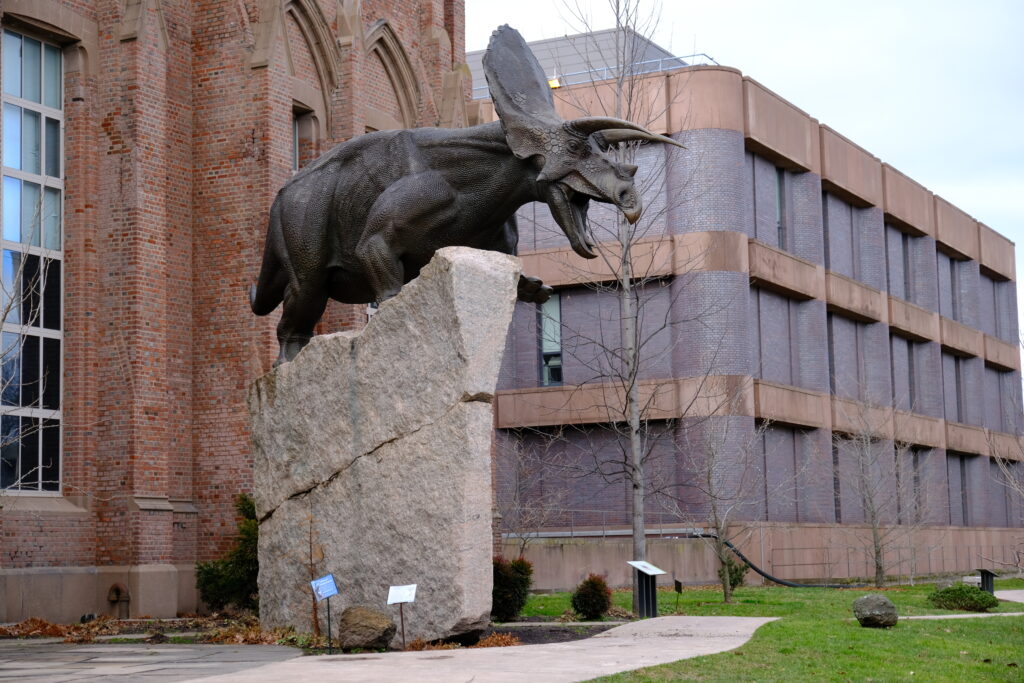Imagine walking through a world where colossal beasts roamed freely, their thunderous footsteps echoing across ancient landscapes. Picture creatures so magnificent and diverse that they would make today’s wildlife look like a quiet neighborhood gathering. This isn’t science fiction—this was Earth for over 165 million years, when dinosaurs ruled supreme.
But here’s what most people don’t realize: dinosaurs didn’t just appear overnight and disappear in a flash. Their story is one of the most remarkable evolutionary journeys our planet has ever witnessed, filled with incredible adaptations, surprising discoveries, and plot twists that would make Hollywood scriptwriters jealous. The tale of dinosaur evolution isn’t just about massive predators and gentle giants—it’s about understanding how life itself transforms, adapts, and thrives against all odds.
The Humble Beginnings of Giants
The story begins in a world that would be completely alien to us today. During the late Triassic period, around 230 million years ago, the first dinosaurs emerged as small, agile creatures no bigger than a house cat. These early pioneers weren’t the towering monsters we imagine—they were nimble, bipedal animals that scurried through forests of primitive conifers and ferns.
What made these early dinosaurs special wasn’t their size, but their revolutionary body plan. They possessed hollow bones that made them lighter, powerful leg muscles that allowed them to move efficiently, and a unique hip structure that set them apart from other reptiles. Think of them as the prototype sports car—small, efficient, and perfectly engineered for success.
These ancestral dinosaurs faced a world dominated by other reptiles, including massive crocodile-like archosaurs and early mammal relatives. Yet something about their design gave them an edge that would eventually lead to their spectacular rise to dominance.
The Great Divergence: When Dinosaurs Split Their Ways
Around 200 million years ago, something extraordinary happened in dinosaur evolution—they split into two major groups based on their hip structure. This might sound like a boring anatomical detail, but it’s actually one of the most significant moments in prehistoric history. The ornithischians developed bird-like hips, while the saurischians kept the more traditional lizard-like arrangement.
This split wasn’t just about anatomy—it represented two completely different approaches to survival. The ornithischians became the plant-eaters, developing elaborate defensive strategies and social behaviors. Meanwhile, the saurischians pursued two distinct paths: some became the massive long-necked sauropods, while others evolved into the fearsome theropods.
Picture this divergence like a massive river splitting into two branches, each flowing toward different landscapes and creating entirely different ecosystems along the way. This fundamental split would shape the next 135 million years of dinosaur evolution.
The Rise of the Gentle Giants
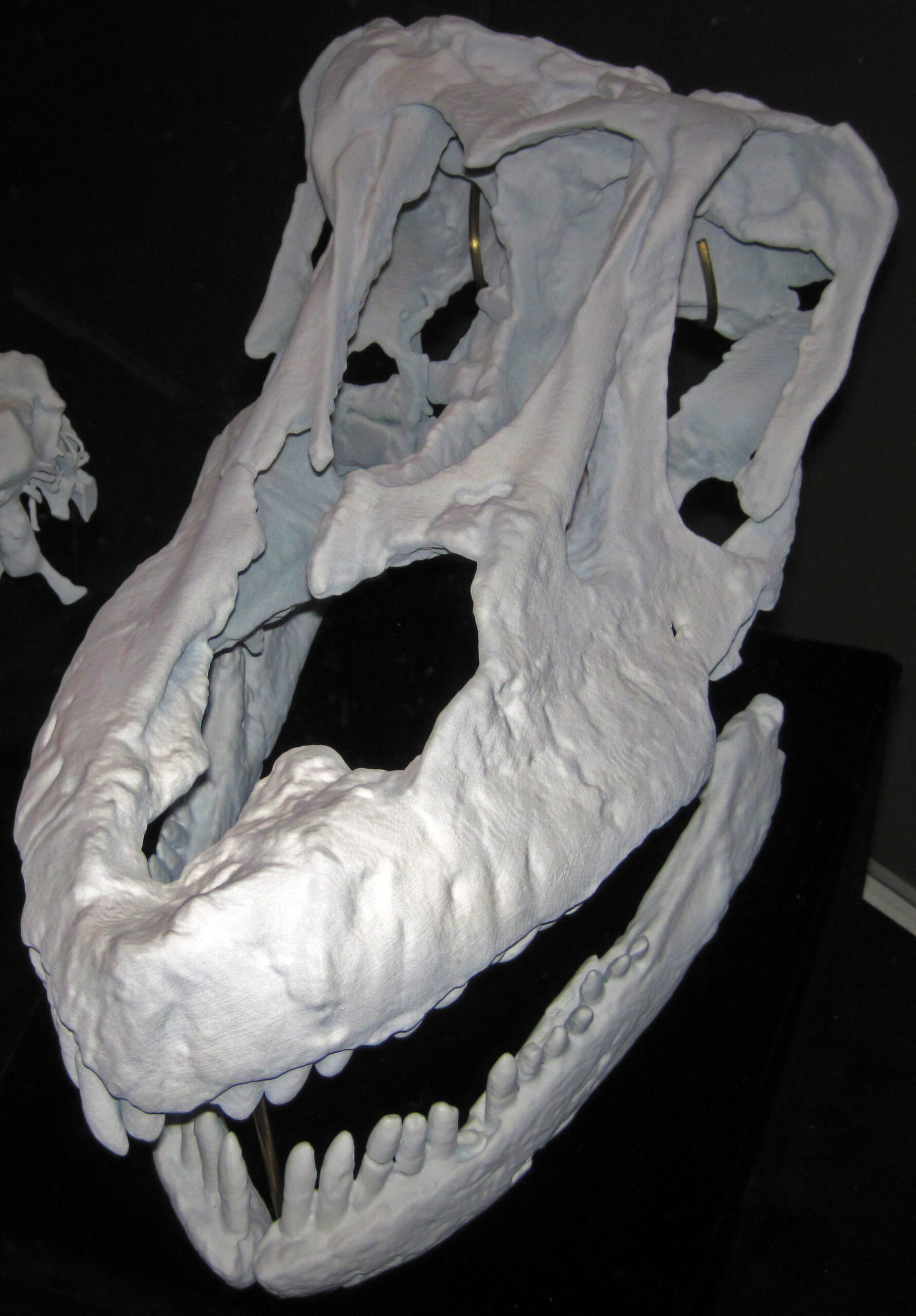
Few sights in natural history could match the awe-inspiring presence of sauropods. These magnificent creatures represent one of evolution’s most successful experiments in gigantism. Starting as relatively modest-sized dinosaurs, sauropods gradually evolved into the largest land animals that ever lived, with some species reaching lengths of over 100 feet and weights exceeding 70 tons.
The evolution of sauropods wasn’t just about getting bigger—it was about solving the engineering challenges that come with massive size. They developed incredibly efficient digestive systems, featuring gastroliths (stomach stones) that helped grind plant material. Their long necks weren’t just for reaching high vegetation; they were sophisticated feeding tools that allowed them to browse across vast areas without moving their enormous bodies.
Perhaps most remarkably, sauropods achieved their massive size while maintaining relatively small heads and brains. This might seem counterintuitive, but it was actually a brilliant evolutionary strategy that minimized energy costs while maximizing feeding efficiency.
Predators Perfect Their Craft
While sauropods were mastering the art of being enormous herbivores, theropod dinosaurs were writing the book on predation. These carnivorous dinosaurs evolved from small, agile hunters into some of the most sophisticated predators the world has ever seen. The famous Tyrannosaurus rex, with its bone-crushing bite force of over 12,000 pounds per square inch, represents the culmination of millions of years of predatory evolution.
But theropods weren’t just about brute force. Many species developed incredible intelligence, complex social behaviors, and hunting strategies that rival modern predators. Some evolved elaborate crests and display structures, suggesting rich social lives and communication systems. Others, like the dromaeosaurids, developed retractable claws and pack-hunting behaviors that made them devastatingly effective predators.
The diversity among theropods was staggering—from tiny feathered Microraptor that could glide between trees to massive Giganotosaurus that could take down the largest herbivores. Each species represented a unique solution to the challenges of predation in their specific environment.
The Armor Wars: Defense Gets Creative
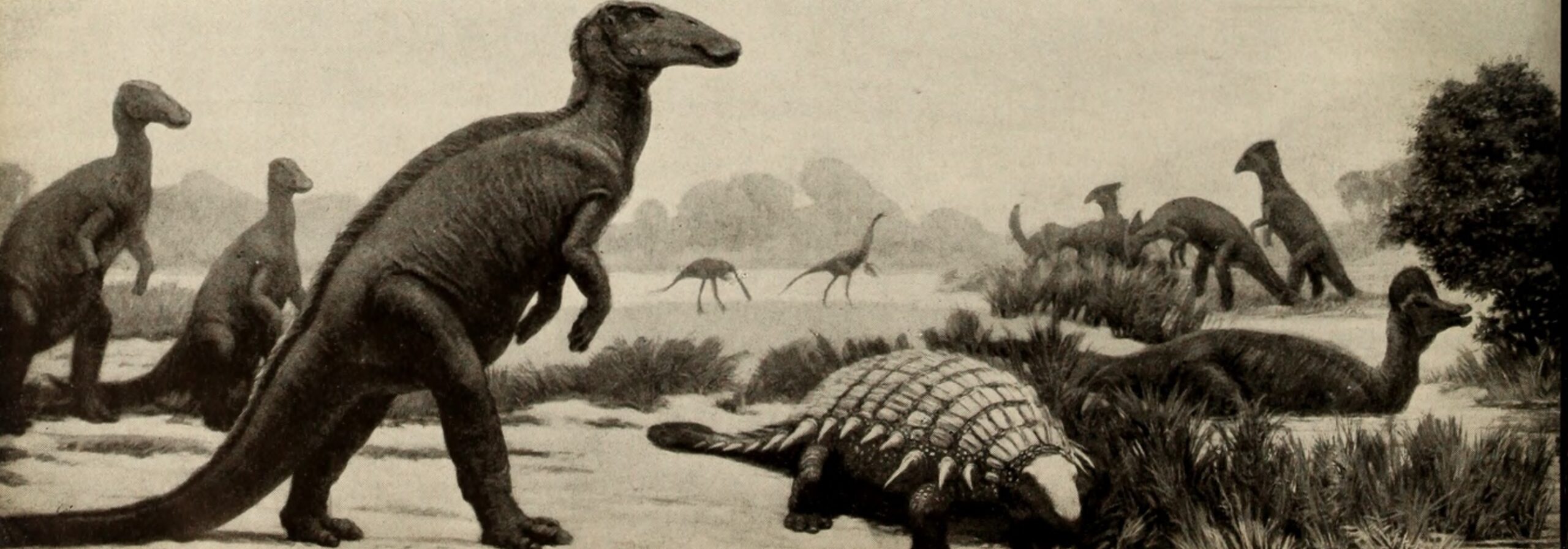
As predators became more sophisticated, plant-eating dinosaurs responded with an evolutionary arms race that produced some of the most incredible defensive adaptations in natural history. The ankylosaurs developed into living tanks, covered in bony plates and wielding massive tail clubs that could deliver bone-shattering blows. Some species were so heavily armored that even their eyelids had protective plates.
Ceratopsians took a different approach, developing elaborate frills and horns that served both defensive and display purposes. These weren’t just simple shields—they were complex structures that could indicate species identity, age, and social status. The famous Triceratops represents the pinnacle of this evolutionary trend, with its massive skull making up nearly one-third of its total body length.
Stegosaurs developed yet another strategy, featuring distinctive back plates that may have served multiple functions—from thermoregulation to display to defense. Their spiked tails, known as thagomizers, were formidable weapons that could pierce the hide of even the largest predators.
Taking to the Skies: The Birth of Flight

Perhaps the most revolutionary chapter in dinosaur evolution was the development of flight. This wasn’t a sudden leap—it was a gradual process that began with small theropods developing feathers for display and insulation. Over millions of years, these feathers became more sophisticated, eventually enabling gliding and then powered flight.
The transition from ground-dwelling predators to aerial acrobats required fundamental changes in anatomy. Bones became increasingly hollow, flight muscles developed, and the entire respiratory system was redesigned for the high-energy demands of flight. Archaeological evidence suggests that many dinosaurs were experimenting with aerial locomotion, from gliding to flapping flight.
This evolutionary innovation didn’t just give dinosaurs access to new ecological niches—it fundamentally changed the nature of life on Earth. Flying dinosaurs could exploit food sources, escape predators, and colonize new territories in ways their terrestrial relatives never could.
Social Creatures: The Community Side of Dinosaurs
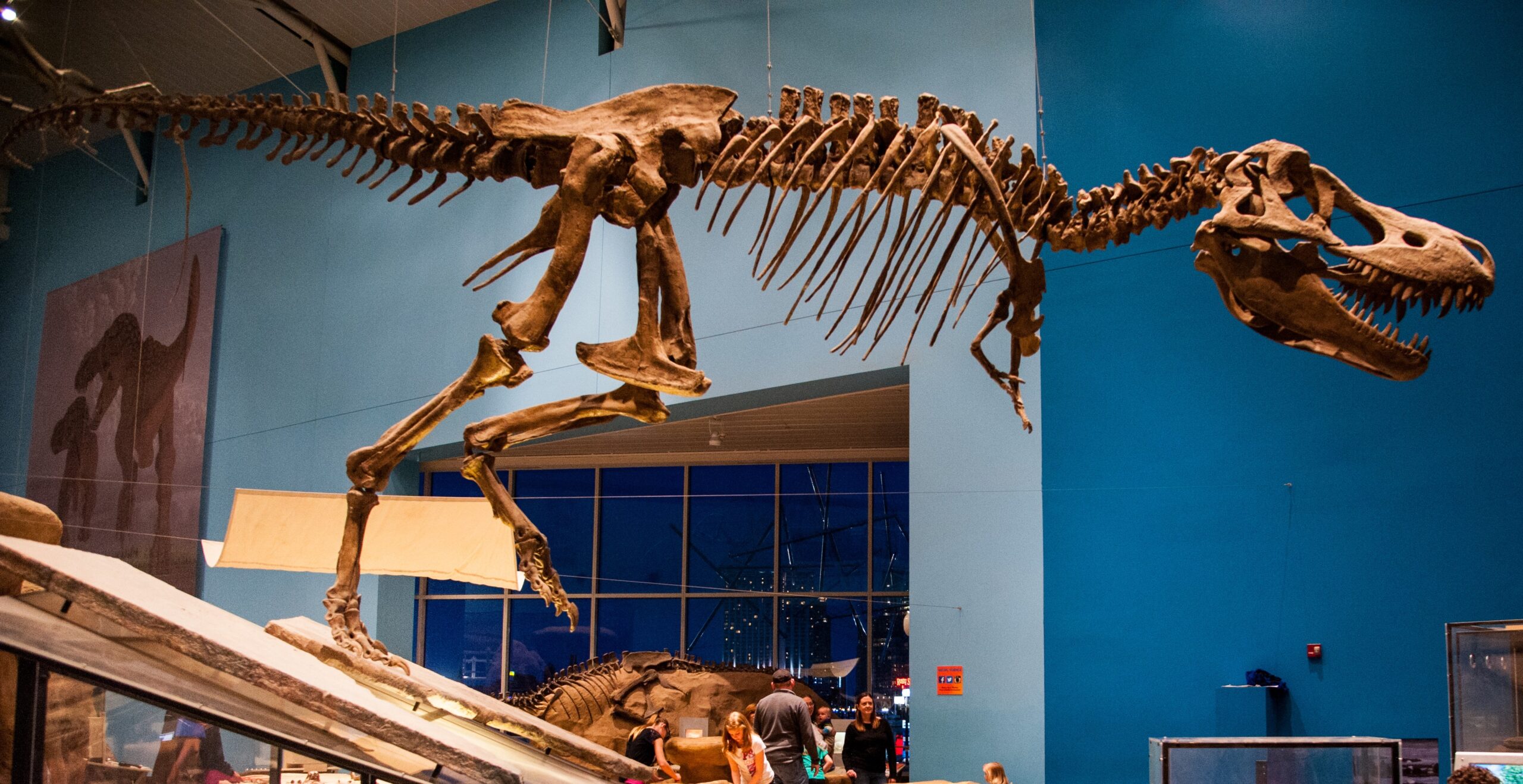
Recent discoveries have shattered the old image of dinosaurs as solitary, simple-minded beasts. Evidence now shows that many dinosaur species were highly social creatures with complex behavioral patterns. Some ornithopods traveled in massive herds that could number in the thousands, creating migration patterns that would have been visible from space.
Maiasaura, whose name means “good mother lizard,” provides stunning evidence of parental care among dinosaurs. These animals built elaborate nests, brought food to their young, and protected their offspring long after hatching. Some species even showed evidence of cooperative breeding, where multiple adults would help raise young.
The social complexity of dinosaurs extended beyond just herding and parenting. Evidence suggests that some species engaged in complex mating displays, territorial behaviors, and even play activities. This social sophistication likely contributed to their evolutionary success and adaptability.
The Feathered Revolution
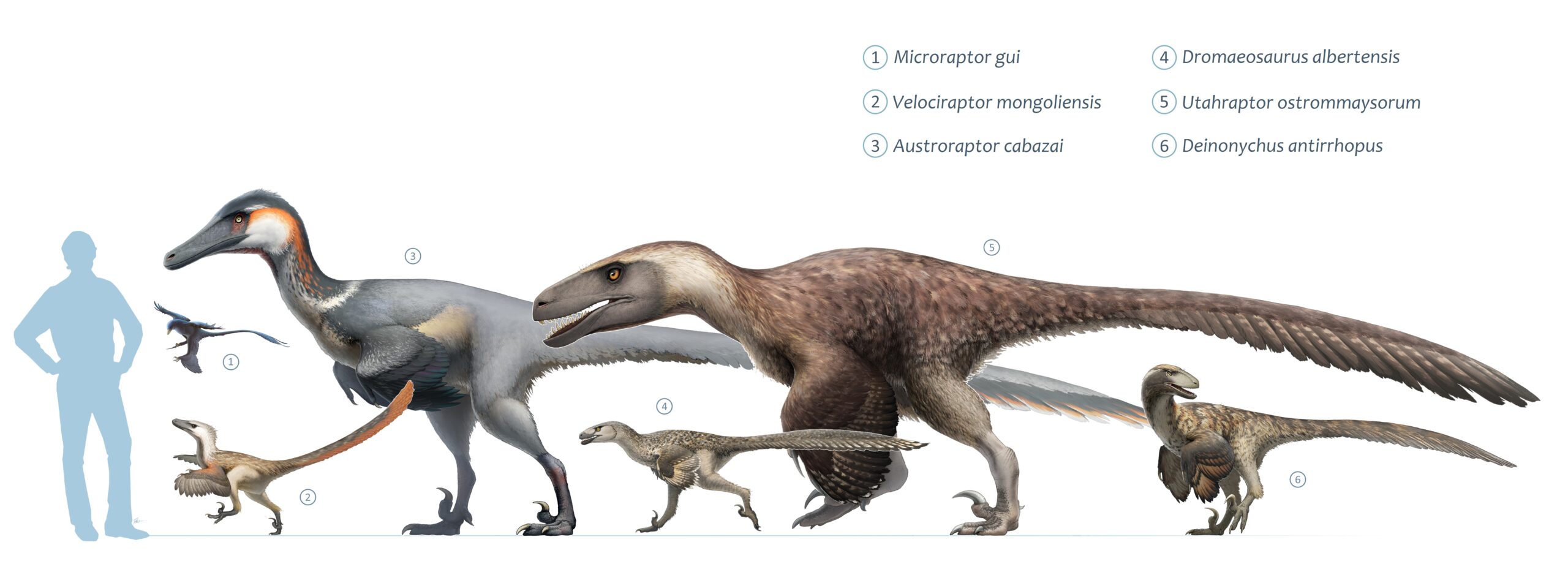
One of the most groundbreaking discoveries in paleontology has been the realization that many dinosaurs were covered in feathers. This wasn’t just limited to bird-like species—even massive tyrannosaurs show evidence of feathered covering, at least during certain life stages. These feathers served multiple purposes: insulation, display, camouflage, and eventually, flight.
The evolution of feathers represents one of the most significant innovations in vertebrate history. Starting as simple filaments used for insulation, feathers gradually became more complex, developing the intricate structure we see in modern birds. This process took millions of years and involved countless intermediate forms.
The discovery of feathered dinosaurs has also revealed the incredible diversity of prehistoric life. Some species sported elaborate plumage that would make modern peacocks jealous, while others had more modest coverings suited to their lifestyle and environment.
Masters of Adaptation
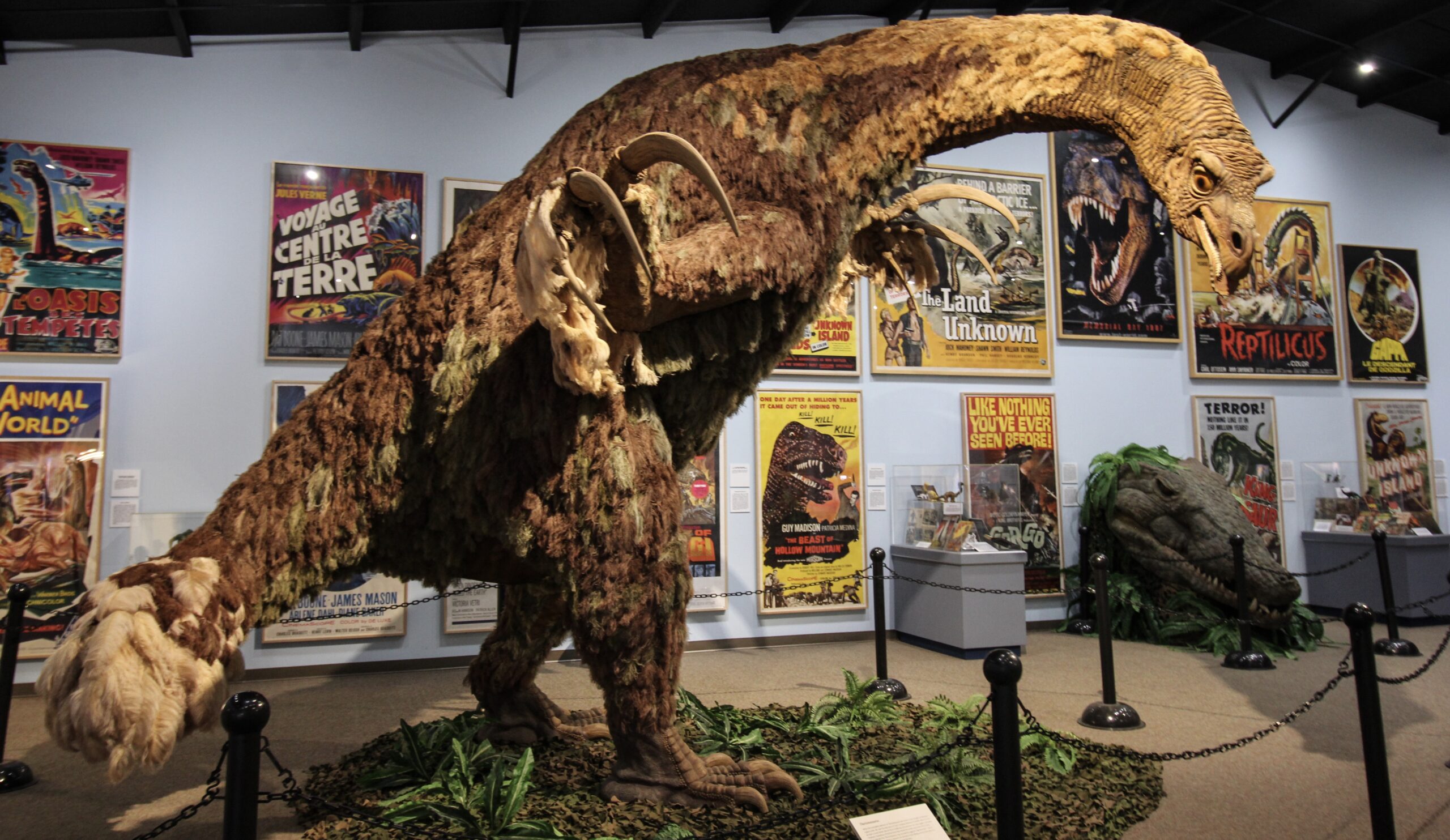
What made dinosaurs so successful wasn’t just their size or strength—it was their incredible ability to adapt to changing environments. Over their 165-million-year reign, dinosaurs survived massive climate changes, continental drift, and numerous extinction events. They colonized every continent and adapted to environments ranging from lush tropical forests to arid deserts.
This adaptability was reflected in their incredible diversity. By the end of the Cretaceous period, there were over 1,000 known dinosaur species, ranging from tiny insectivores to massive herbivores. Each species represented a unique solution to the challenges of survival in their specific environment.
The key to dinosaur success lay in their combination of efficient body plans, sophisticated behaviors, and remarkable reproductive strategies. They weren’t just surviving—they were thriving in ways that few animal groups have ever achieved.
The Changing World Around Them
Dinosaur evolution didn’t happen in a vacuum—it was shaped by dramatic changes in Earth’s climate, geography, and ecosystems. During the Mesozoic Era, continents drifted apart, sea levels rose and fell, and climate patterns shifted dramatically. These changes created new opportunities and challenges that drove dinosaur evolution in unexpected directions.
The breakup of the supercontinent Pangaea had profound effects on dinosaur evolution. As continents separated, isolated populations evolved in different directions, leading to the incredible diversity we see in the fossil record. What started as similar species on a connected landmass became dramatically different creatures on separate continents.
Climate changes also played a crucial role. Periods of global warming led to lush, tropical conditions that favored giant herbivores, while cooler periods might have favored smaller, more efficient species. These environmental pressures constantly shaped the evolutionary trajectory of dinosaur lineages.
The Survivors Among Us
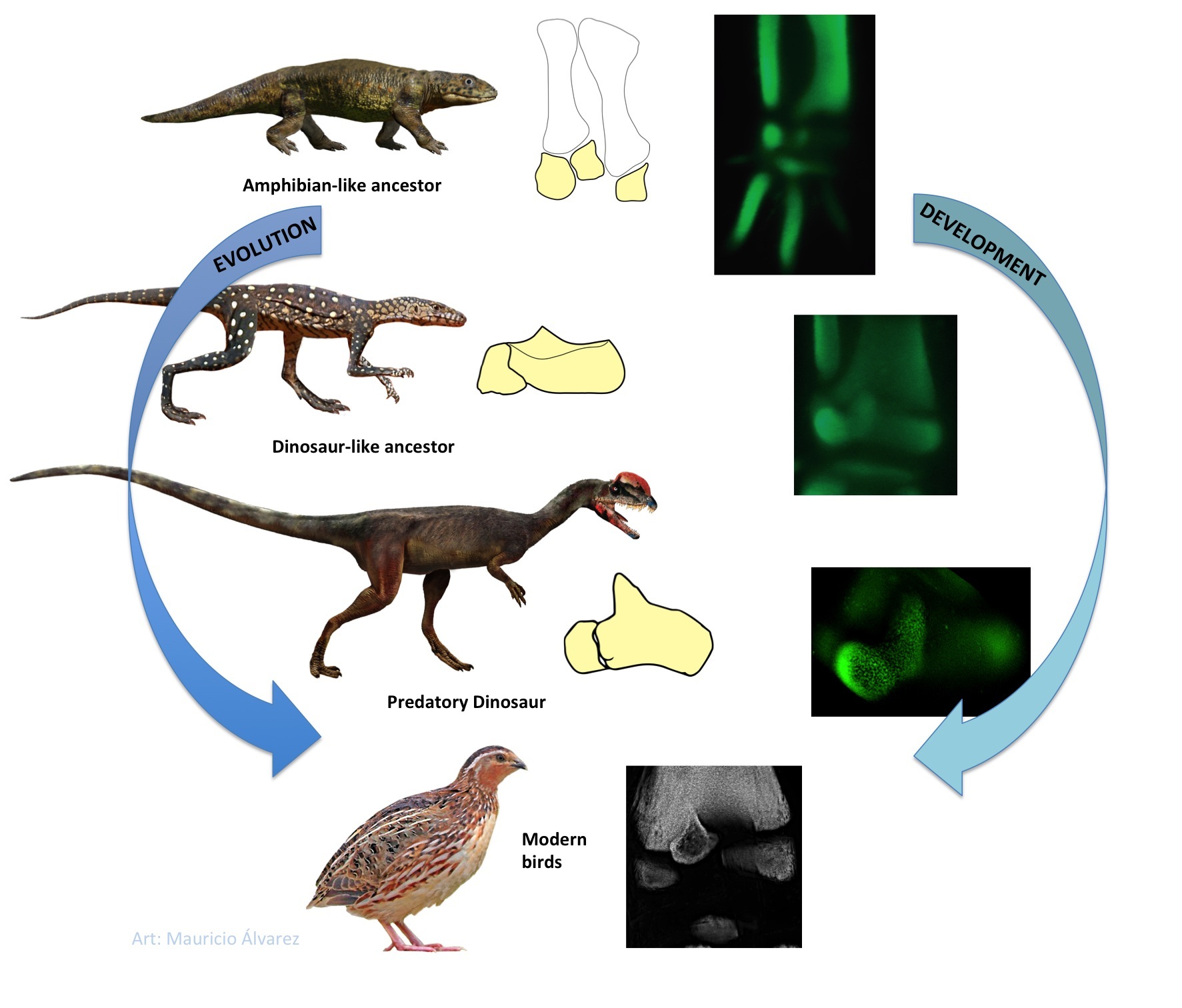
Here’s a mind-blowing fact that still amazes scientists: dinosaurs didn’t go extinct 66 million years ago. They’re still here, and you probably saw one this morning. Birds are dinosaurs—direct descendants of theropod dinosaurs that survived the mass extinction event that wiped out their non-avian relatives.
This survival story is one of the most remarkable chapters in evolutionary history. While their massive relatives perished, small, feathered theropods possessed the traits necessary to survive: efficient metabolism, flight capability, and behavioral flexibility. These survivors became the ancestors of the 10,000+ bird species we see today.
The realization that birds are dinosaurs has revolutionized our understanding of dinosaur biology. By studying modern birds, scientists can make informed hypotheses about dinosaur behavior, physiology, and ecology. In essence, dinosaur evolution is still happening all around us.
Mysteries Still Being Solved
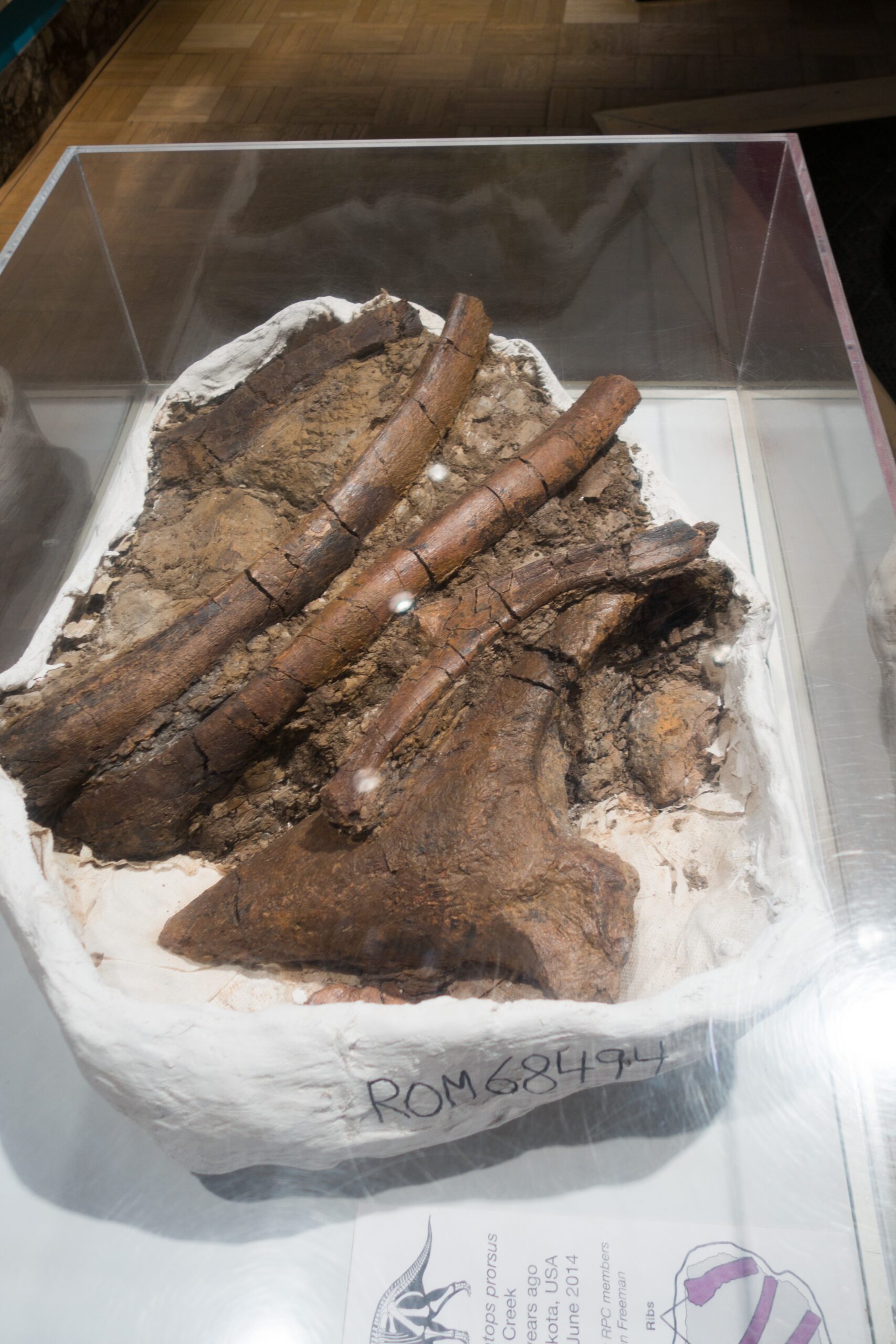
Despite decades of research, dinosaur evolution continues to surprise scientists with new discoveries and revelations. Recent findings have challenged long-held assumptions about dinosaur behavior, appearance, and relationships. Advanced imaging techniques are revealing details about dinosaur soft tissues, coloration, and even brain structure that were previously impossible to study.
One of the most exciting areas of current research involves dinosaur metabolism and growth rates. Evidence suggests that many dinosaurs had metabolic rates somewhere between modern reptiles and mammals, giving them advantages in both energy efficiency and activity levels. This “mesothermic” metabolism may have been key to their evolutionary success.
New discoveries are also reshaping our understanding of dinosaur diversity. Remote locations in China, Argentina, and other parts of the world are yielding fossils that fill gaps in our knowledge and reveal entirely new branches of the dinosaur family tree.
The Great Extinction: An Evolutionary Crossroads
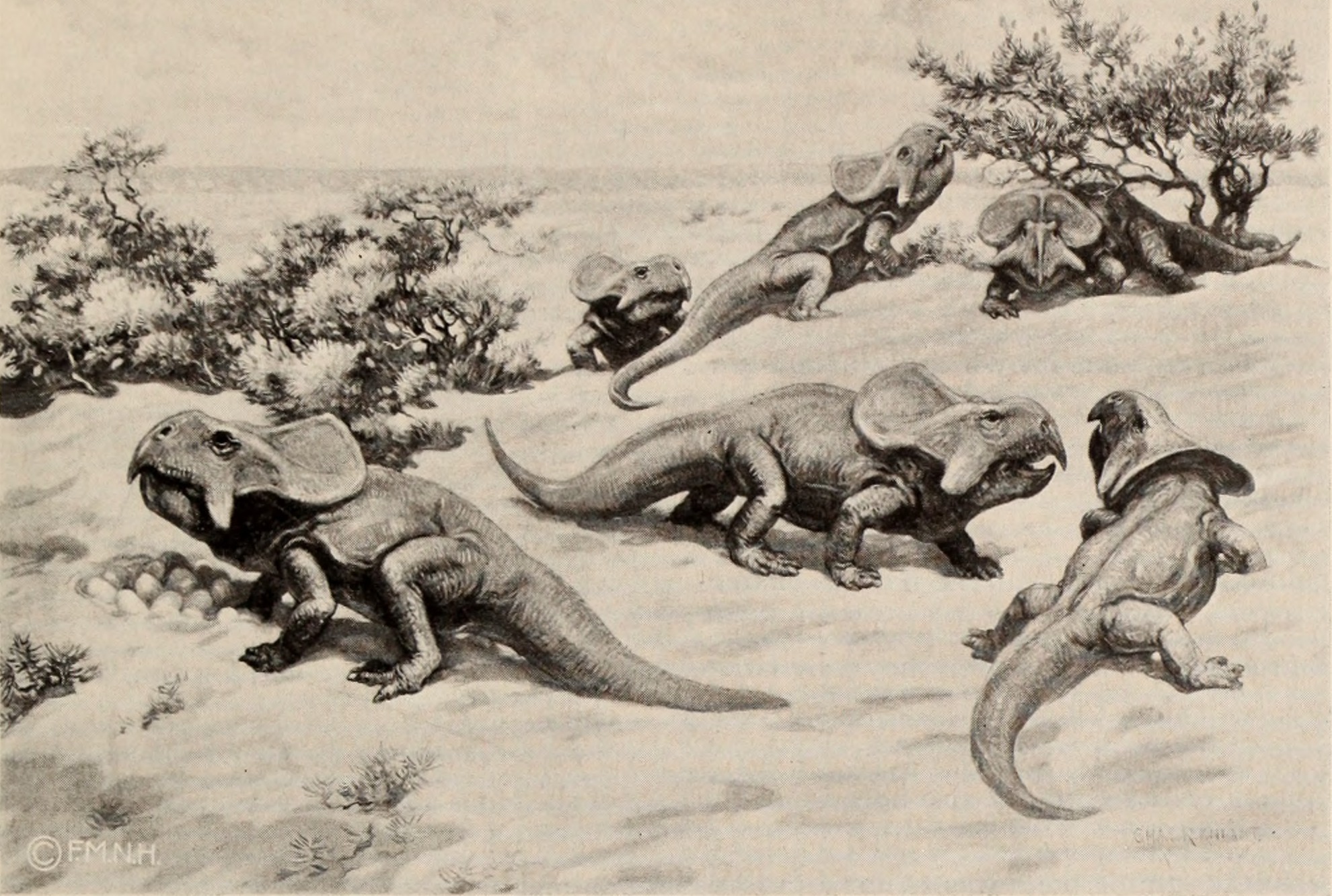
The end-Cretaceous mass extinction event represents one of the most dramatic moments in Earth’s history. This catastrophic event, likely caused by a massive asteroid impact combined with volcanic activity, eliminated roughly 75% of all species on Earth. For non-avian dinosaurs, this marked the end of their 165-million-year reign.
But extinction events aren’t just endings—they’re also beginnings. The removal of dinosaurs from terrestrial ecosystems created opportunities for other groups to diversify and evolve. Mammals, which had lived in the shadows of dinosaurs for millions of years, suddenly found themselves in a world of new possibilities.
The extinction also demonstrates the role of chance in evolution. Many successful dinosaur lineages were eliminated not because they were poorly adapted, but because they couldn’t survive the rapid environmental changes that followed the impact event. This reminds us that evolutionary success isn’t just about fitness—it’s also about timing and luck.
Lessons from Deep Time
The story of dinosaur evolution offers profound insights into the nature of life itself. It demonstrates that evolution isn’t a linear progression toward complexity, but rather a branching process where different lineages explore different solutions to survival challenges. Some dinosaurs became giants, others became fliers, and still others developed incredible social complexity.
This evolutionary story also highlights the importance of environmental change as a driver of evolution. Without the dramatic shifts in climate and geography during the Mesozoic Era, dinosaurs might never have achieved their incredible diversity. Change, rather than stability, appears to be the engine of evolutionary innovation.
Perhaps most importantly, dinosaur evolution shows us that extinction isn’t always the end of the story. Through their bird descendants, dinosaurs continue to evolve and adapt to new challenges, proving that life finds ways to persist and thrive even in the face of catastrophic change.
The next time you see a bird outside your window, remember that you’re looking at a living dinosaur—a survivor of one of the most successful evolutionary stories ever told. These creatures carry within their genes the legacy of 230 million years of evolution, adaptation, and survival. What other secrets might they still be hiding from us?

